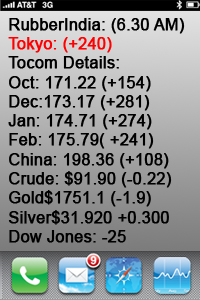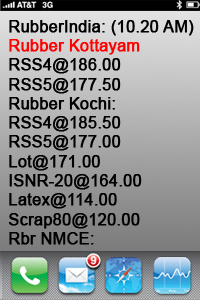
Rubber: A Global Commodity
Natural rubber is a vital raw material used in over 35,000 products worldwide — from tires and automotive parts to footwear, medical equipment, and industrial goods. Once native to Brazil’s Amazon rainforest, rubber cultivation spread globally in the 19th century through European colonial expansion, especially in Southeast Asia.
Global Rubber Production
Over 85% of the world’s natural rubber comes from Asia. Thailand and Indonesia together account for nearly 60% of global output, followed by Vietnam, India, China, Malaysia, Sri Lanka, and the Philippines. Production is driven largely by smallholder farmers in these countries.
India: in the Global Rubber Market
India ranks as the 4th largest producer and 2nd largest consumer of natural rubber. Kerala alone contributes around 90% of India’s production. Rubber is also cultivated in Karnataka, Tamil Nadu, Tripura, and Assam, mostly by small and marginal growers.
Types of Natural Rubber
Globally, rubber is categorized into:
Global Rubber Consumption
Major consumers include China, the USA, India, Japan, and Germany. Demand is split between:
The NR/SR mix shifts with oil prices, product needs, and eco regulations.
Rubber Trade & Exchanges
Rubber flows through a global network of growers, dealers, exporters, and manufacturers. Key trading hubs include Singapore, Bangkok, Ho Chi Minh City, and Kochi/Kottayam (India).
Rubber futures are traded on major exchanges:
These markets are vital for price discovery and hedging.




